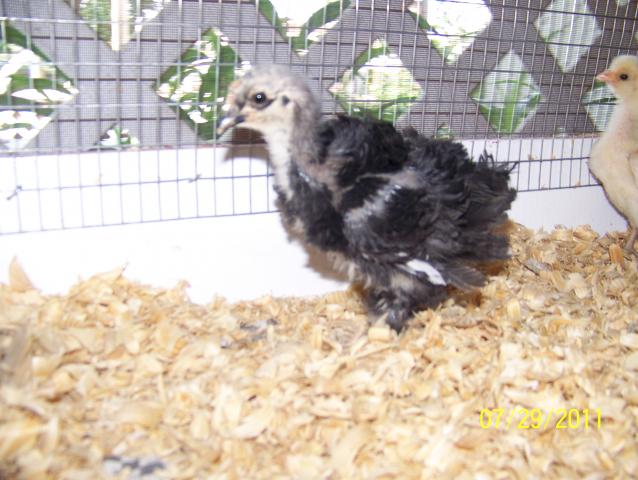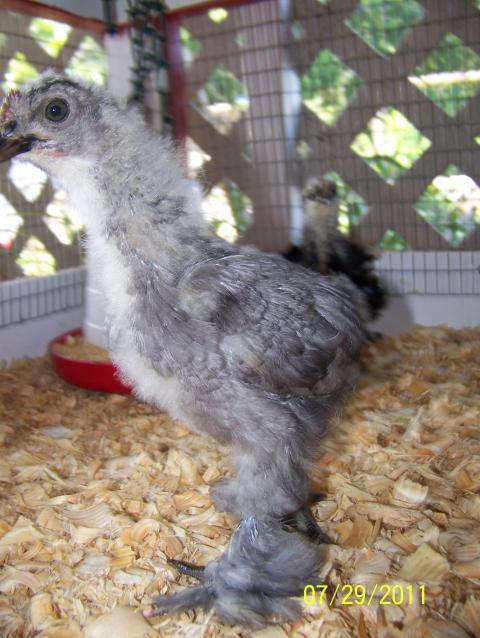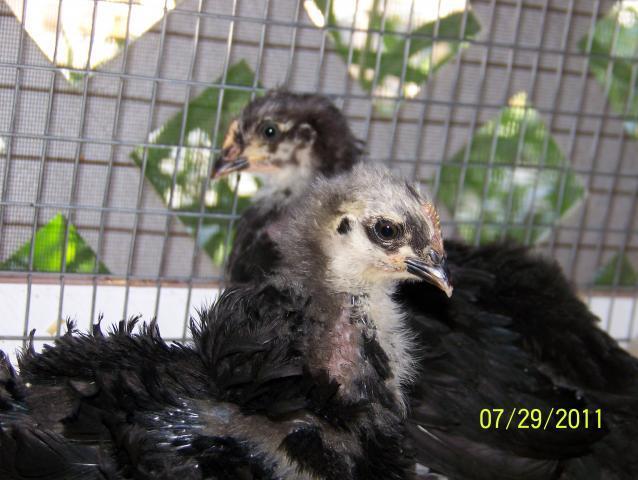Quote:
I think so too. Are your "roos" bigger than the "pullets"? I have just three LF Cochins, a huge buff hen and two 3 mo. old Silver Laced and the SL roo is quite a bit bigger than the pullet. I'm new to LF and I think I'm going to really like them! I can carry the hen around like a lap dog and she follows me around the pen.
I think so too. Are your "roos" bigger than the "pullets"? I have just three LF Cochins, a huge buff hen and two 3 mo. old Silver Laced and the SL roo is quite a bit bigger than the pullet. I'm new to LF and I think I'm going to really like them! I can carry the hen around like a lap dog and she follows me around the pen.










